Penile Melanosis: Causes, Prevention and Treatment

Related products
Penile melanosis or penile lentiginosis is a health condition that causes discoloured and dark areas on the head and shaft of the penis. It is a rare condition and doesn't usually need treatment. Some people need minor cosmetic surgery and procedures to remove these spots.
Penile melanosis's skin patches are darker than the surrounding skin and dark brown. It is not contagious or infectious, doesn't cause symptoms, and doesn't pass from one person to another. It doesn't need any treatment, yet its cause is unknown.

This article discusses the nature, causes, treatment and prevention of penile melanosis. Keep reading for more details.
Penile melanosis, the cause of patchy and brown spots
Penile melanosis causes brown to dark brown patches on the penis, which are typically flat and immense and mostly appear alone. Melanin is the skin pigment that causes the skin darkening. The people with more melanin production have darker skin tones.
In melanosis, a significant buildup of melanin occurs at a site, causing darker skin. In penile melanosis, other pigmented compounds, such as ferrous sulphate, lipofuscin, and hemosiderin, also build up. The buildup of these pigmented compounds causes noticeable changes in the colours and texture of the skin. This condition, nevertheless, doesn't affect the whole penis and occurs just in small to medium patches.
Ultraviolet radiation stimulates melanocytes in the skin, causing more melanin production, which in turn causes skin tanning. Read our article, ‘How long does it take to tan?’ for more details.
Causes of penile melanosis
There are no sure and known causes of penile melanosis, as it is just the buildup of pigmented cells on the local skin. It is not limited to the penis and occurs in various other places, e.g., skin and oral cavity. Numerous different risk factors increase the risk of developing penile melanosis. These factors include,
Skin treatments
Various drugs used for skin treatments, such as PUVA or anthralin therapy for psoriasis, increase the chances of developing penile melanosis.
Genetics
Although the exact genetic factors are still unknown, many are associated with penile melanosis. Genetic diseases, such as Peutz-Jeghers Syndrome and neurofibromatosis Type 1 (NF1), are important risk factors. Various types of pigmentation abnormalities have familial predispositions.

Age
It is a nonspecific risk factor, and people of all ages get penile melanosis. The risk, however, is higher in those 15-72 years of age.
Penile injuries
The development of scar tissues in the penis is a significant risk factor. Therefore, previous penile injuries are important risk factors.
Exposure to sunlight
Excessive exposure to sunlight, particularly the UVA and UVB radiations, contributed to hyperpigmentation and skin changes associated with penile melanosis.
Trauma and inflammation
Skin injuries and penile irritations cause hyperpigmentation associated with penile melanosis. Injections and chronic inflammation in the genital region are additional risk factors for hyperpigmentation.
Underlying health conditions
Various health conditions of the thin, such as lichen sclerosus and dermatological disorders, cause penile melanosis. Likewise, medications used to treat similar health conditions, such as chemotherapeutic agents, increase the risk.
Cosmetic procedures
Cosmetic procedures involving the penile region, such as tattooing, cause more hyperpigmentation in the local area. Although benign, it is essential to differentiate it from other medical conditions, such as melanoma, that need immediate treatment.

Treatment options for penile melanosis
As this condition is just the buildup of pigmented cells in the penis, it needs no regular treatment. The treatment is recommended or suggested only if it causes unpleasant feelings in the partner by making the penis unsightly. There are many cosmetic procedures available to treat and remove such spots. Another option is to remove the local pigmented patches.
The options on the table are;
Laser therapy
Laser therapy reduces the appearance of these spots and even removes pigmented skin lesions. Cosmetic laser therapy by a cosmetic surgeon removes dark spots, pigmented areas, and even lesions associated with tattoos, e.g., blowout tattoos.
This procedure takes time, and often, cosmetic surgeons need multiple sessions to help remove the pigmented areas. In more severe cases, the lesions don't go away entirely but are nevertheless faded.
Surgical procedures
Some people go for surgical procedures to remove these spots. The skin is removed from the local region of these spots during the surgical procedures, and a new graft is inserted. The healing time after surgery is longer than that of the other options. This procedure leaves many small scars which are unsightly for people concerned about the cosmetic appearance of the penis.
Nevertheless, these procedures are just skin deep and don't influence a person's urinating ability and the ability to have sex.
Topical treatments
The topical treatments using hydroquinone and retinoids help improve the skin's brightness and clarity. Hydroquinone is a skin-lightening ingredient that improves brightness by reducing pigmentation over time. It combines with other treatments, e.g., retinoids, enhance cellular turnover and make the skin less pigmented.
These topical treatments, however, don't help recover the grow out spots.
Cryotherapy
It involves freezing the pigmented areas using liquid nitrogen to destroy the melanocytes responsible for hyperpigmentation. This complex process requires a skilled therapist.

Chemical peeling
It involves using mild chemical peels, such as alpha and beta hydroxy acids, glycolic acid, and salicylic acid, to remove the hyperpigmented skin areas. These compounds are available in numerous cosmetic products.
Microdermabrasion procedure
It is a procedure that involves mechanical exfoliation of the outer skin layers in multiple sessions to reduce hyperpigmentation.
Natural remedies
Several natural remedies, such as liquorice extract, vitamin C serums, and aloe vera gel, have skin-brightening properties and can reduce hyperpigmentation. However, it is nevertheless essential to use them cautiously.
The effectiveness of these treatments is variable, so it's best to consult a professional before using them.
Erectile dysfunction is another common health condition that reduces the ability of the penis to go erect. We have various treatment options for erectile dysfunction. Visit our page about Erectile Dysfunction Treatment for these treatment options.
Complications of untreated penile melanosis
The untreated and severe cases of penile melanosis are the rare cause of some complications, e.g.,
Lichen sclerosus
Penile melanosis is linked to rare skin conditions, e.g., lichen sclerosus. This condition causes pale and thin skin patches, usually on the hands and genitals. A case study involving older adults in 2017 published by Open Access Medical Journal of Medical Science identified a link between lichen sclerosis and penile melanosis on the penis. However, this weak link doesn't mean one condition caused the other.
It suggests the presence of an association between these two conditions.
Skin Cancer
Some people worry that similar discoloration is associated with melanoma, a dangerous skin cancer. Penile melanosis is, however, not the cause of melanoma, although it causes darker spots on the skin that resemble melanoma. The melanoma lesions, unlike penile melanosis, nevertheless grow, bleed, and change colour. The doctors nonetheless want to be sure about skin cancer in these people and often suggest differential diagnoses.

However, as people are diagnosed with this condition, it is a sure sign that there is no risk of conditions like cancer. It is necessary to consult a dermatologist regularly to closely monitor the condition and ensure that these lesions are not cancerous. There is, however, no direct evidence that it causes skin cancer in one way or another.
Prevention of Penile melanosis
Unfortunately, it is unpredictable, and there is no way to prevent/ avoid it. The doctors need to keep a photographic record of molecules on the skin surface to detect any changes in the size and shape of the penile skin over time.
These changes are, however, unlikely to detect melanosis. They help detect melanoma, a more dangerous form of skin cancer. To reduce the risk, causal factors must be prevented. In this regard, it is essential to minimise sunlight exposure, avoid trauma to the skin, practise proper hygiene, avoid local irritants, treat and manage skin health conditions, maintain a healthy lifestyle, and closely monitor the skin for any changes in pigmentation.
It is advised to consult healthcare professionals if there are any abnormalities with penile skin.
Frequently Asked Questions
Does penile melanosis recover automatically with time?
Penile spots in melanosis remain stable over time. Even with proper treatment, these spots usually do not change significantly in colour, size, and shape. Automatic recovery is simply out of the question.
Is it normal to have penile melanosis/discolouration?
It is a harmless condition that causes the patchy and darkened skin on the head and shaft of the penis. It occurs due to the formation of melanin in concentrated deposits on the skin and is not contagious. It is also not a sexually transmitted disease (STD). It is a normal condition as soon as the sexual partner has no issues.
What conditions cause permanent damage to the penis?
Priapism is a condition that causes permanent damage to the penis if not treated. It is a prolonged penile erection in the absence of any sexual stimulation. During priapism, the trapped blood in the tissues runs out of oxygen, harming the tissues. Other conditions causing permanent damage are Peyronie's disease, phimosis, sexually transmitted diseases, hypospadias and cancer.
Is penile skin able to regenerate?
No, it is not possible to get the older foreskin back. However, it is possible to surgically graft the skin from another part of the body or stretch the penile skin to get another foreskin. Risk is variable, yet it sometimes causes dissatisfaction about the new look of the foreskin.
What is the home remedy to remove black spots on the men's private parts?
Numerous home remedies promise improved black spots on men’s genitalia. For example, prepare a thick paste from water and gram flour, apply it to the affected site, and allow it to dry. Wash this mixture using lukewarm water and repeat this process at least 2-3 times weekly for better results.
What percentage of men have penile melanosis?
Genital melanosis is not uncommon. Many lesions go unnoticed due to their location and asymptomatic nature. This benign condition is labelled differently by different people, and a recent study published by the Australasian Journal of Dermatology in 2021 has reported the incidence of pigmented lesions of the penis at 10-12%.
What is the most risky age for penile melanoma?
Penile melanoma is a cancerous condition different from penile melanosis. It mainly attacks older adults in their sixth and seventh decade of life, but it is possible to get this condition earlier.

Bottom-line
Penile melanosis is a benign condition that occurs due to the gradual buildup of pigmented skin in the form of dark areas on the skin. It is not dangerous, doesn't need any treatment, and is a painless symptom. Nevertheless, many people opt for its removal using surgical procedures for better appearance of the penis and to better captivate sexual partners.
Nevertheless, the treatment is not likely to improve sexual health and penile functions. The skin discolouration on the penis occurs due to numerous causes, and anyone observing any related changes in the skin needs to consult a doctor or a dermatologist for diagnosis and treatment.
Penile health is just a small part of men's health. Visit our page about Men's Health for many informative blogs and products. Check another informative article to know, 'Is the penis a muscle?'.



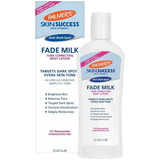

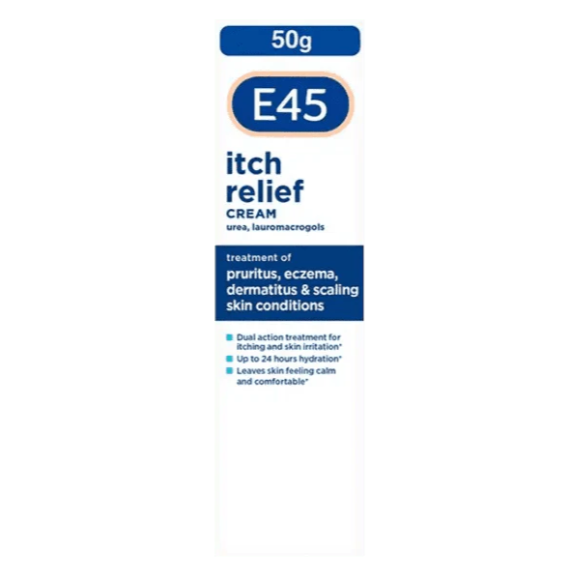
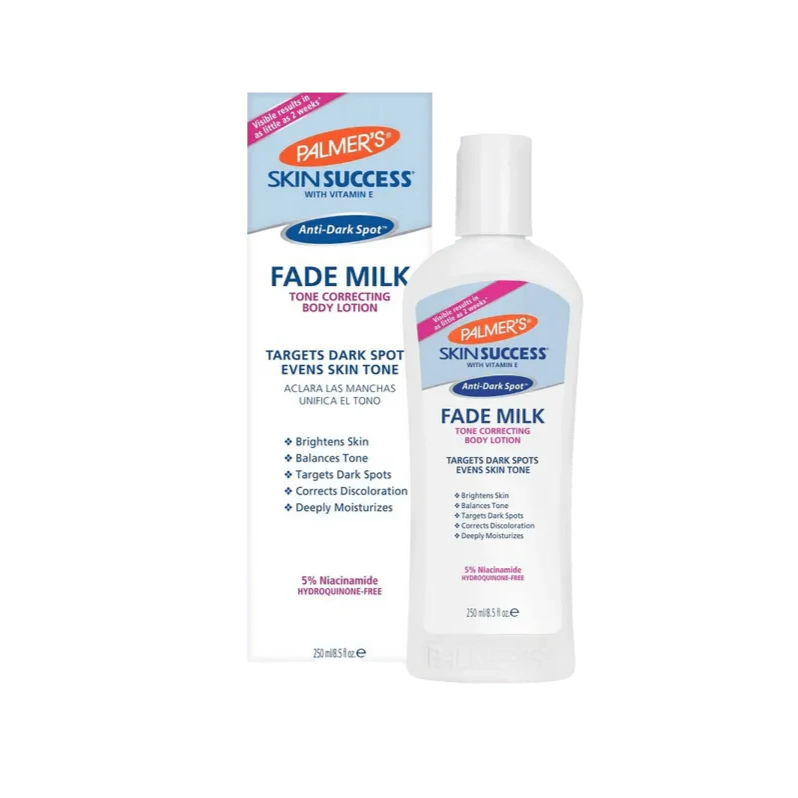
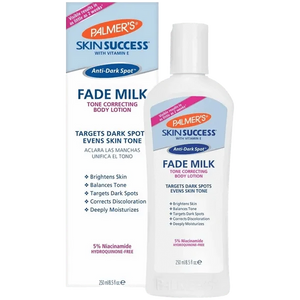



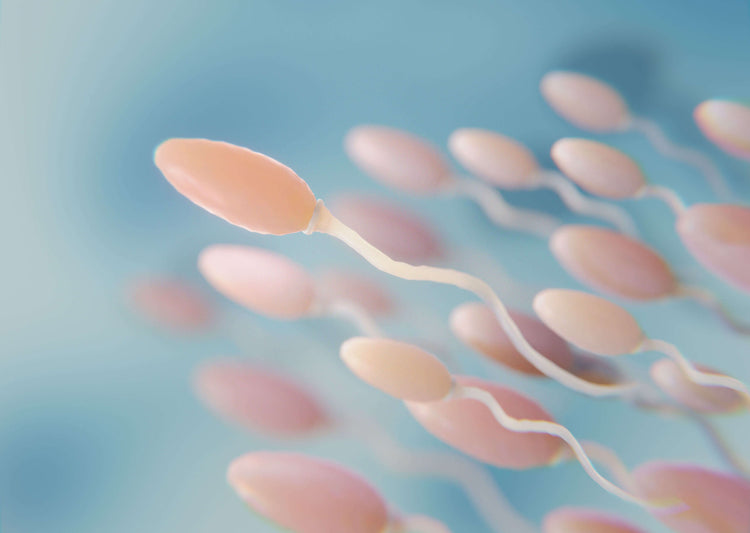



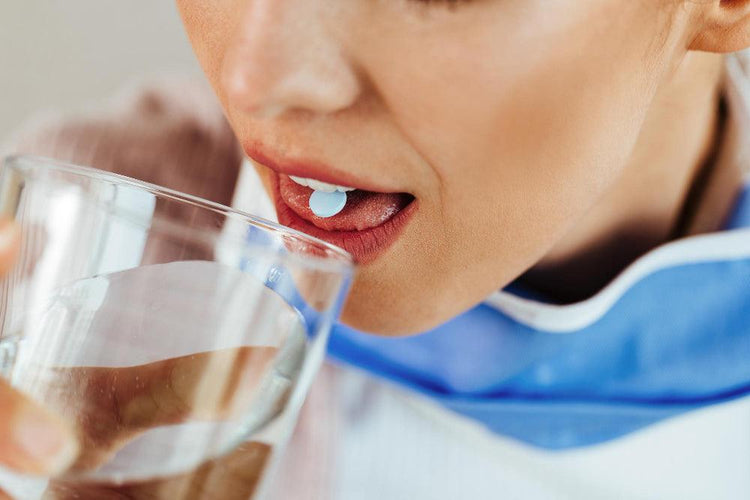
 Rated Excellent by 26,523+ Reviews
Rated Excellent by 26,523+ Reviews